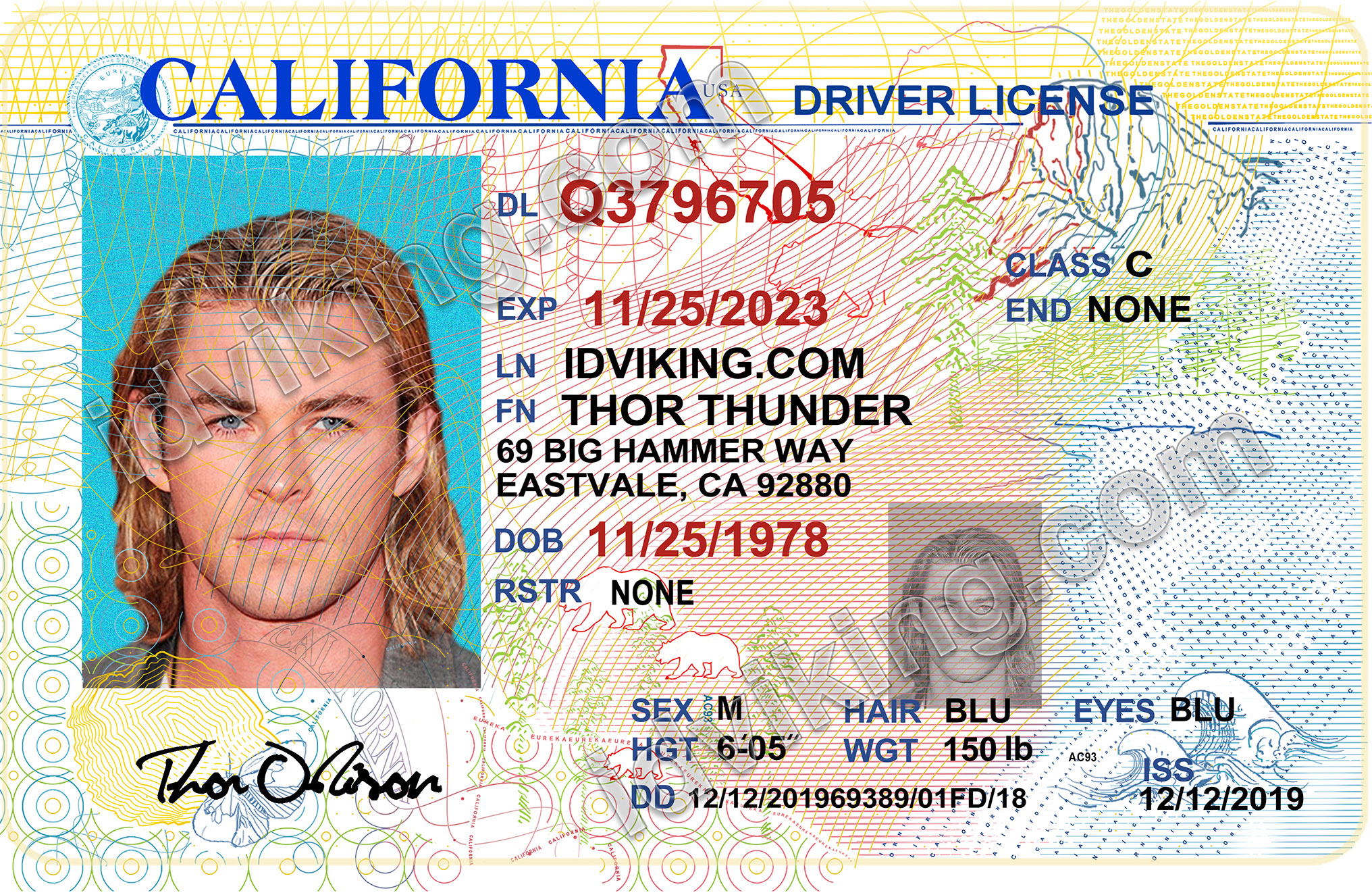
Persons diagnosed with impaired night vision are restricted to daytime driving only. Persons with conventionally corrected vision must wear corrective lenses at all times when driving.
any recommendations on the person’s functional ability to safely operate a motor vehicle. recommendations on frequency of reporting requirements. diagnosis of any progressively deteriorating eye disease. whether the person has retinitis pigmentosa, diplopia, or impaired night vision. visual acuity and field of vision results. The report must be based on an examination that is not older than three months from the date of submission to the Department. It must include: 
Applicants who fail the Department-administered vision test must have a vision specialist complete a Vision Examination Report, and return it to the Department. The field of vision must be 70 degrees, plus 35 degrees on the opposite side of the nose, in at least one eye. Conventionally corrected visual acuity must be 20/40 in at least one eye. One way that individuals with vision problems would be brought to the Agency’s attention would be a failure on the vision test. At age 65, applicants must reapply every 5 years.
A person wearing telescopic or compound lenses whose field of vision is less than 60 percent will not be licensed unless he or she is able to meet the requirements for visual acuity without the aid of the lenses if field of vision is between 60 percent, and 90 percent, outside rearview mirrors will, in the Department’s discretion, be required.Īrizona issues a lifetime license up to age 65, but applicants must come into a license office every 12 years to apply for a duplicate license, and have their vision rechecked. A person with color blindness will not be denied a license for that reason. A person with vision in only one eye will be licensed if vision in the good eye meets the standards of the department the department, will, in its discretion, impose restrictions requiring outside rearview mirrors, one mounted on each side of the vehicle, on persons with vision in only one eye. A person whose best possible corrections in both eyes together of less than 20/200 will not be licensed. A person with the best possible corrections in both eyes together of less than 20/40 but greater than 20/100 will be required to be examined by an optometrist or other eye specialist if the report states that the person’s vision cannot be improved, all data will be reviewed by the Department after review, the Department will, in its discretion, issue a license with restrictions which may include driving limitations as to time of day, type of vehicle, specific area, speed, and other limitations considered necessary by the Department. A person with vision of 20/40 or greater in each eye or both eyes together only with use of corrective lenses will be restricted to driving with corrective lenses. A person with vision of 20/40 or greater in each eye or both eyes together will receive a license without restrictions in regard to corrective lenses, unless medical or other problems affecting vision exist. An applicant must meet the following visual standards: The renewal cycle is 5 years, and drivers whose license is in good standing may renew by mail every other cycle until they reach age 69. Drivers who do not have a visual acuity of at least 20/60 or better in at least one eye, as assessed by a vision specialist will not be licensed to drive.īioptic lenses are approved for daylight driving.ĭrivers undergo vision screening each time they renew their license in-person. The person will also complete a driving evaluation, and may be restricted to driving with outside mirrors or driving during daylight hours. Original applicants and reexamination drivers who have uncorrected visual acuity of less than 20/40 in each eye, but at least 20/60 in one eye and/or a visual field of less than 100 degrees are referred to a vision specialist for examination and an advisory recommendation. Visual standards for licensing are 20/40 acuity with both eyes and a horizontal temporal field of at least 110 degrees horizontally and 80 degrees vertically from the center. Renewal drivers do not undergo vision screening. 
Reclaiming Independence: Staying In The Driver’s Seat When You No Longer Drive (Audio/Visual Presentation)ĭrivers’ visual capabilities are assessed upon original licensure, and then again only if they are referred to the Department for reexamination. Low Vision Seniors Are Self-Limiting Their Own Driving

Helpful information about driving with low vision: We also welcome any updates and corrections. To confirm information found here, we recommend that you contact your state’s licensing agency. State requirements, however, may change at any time. This resource is current according to most recently available information.







 0 kommentar(er)
0 kommentar(er)
